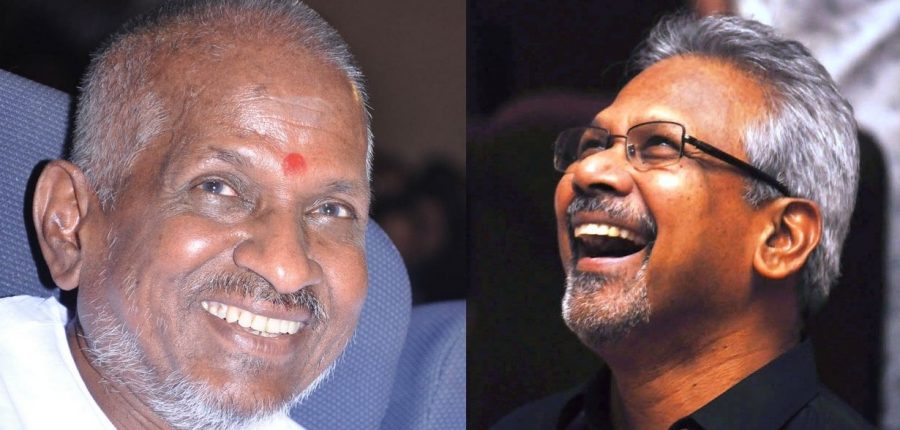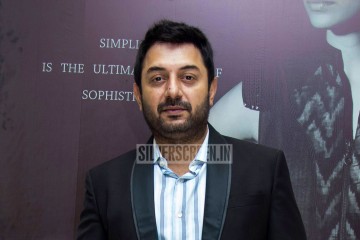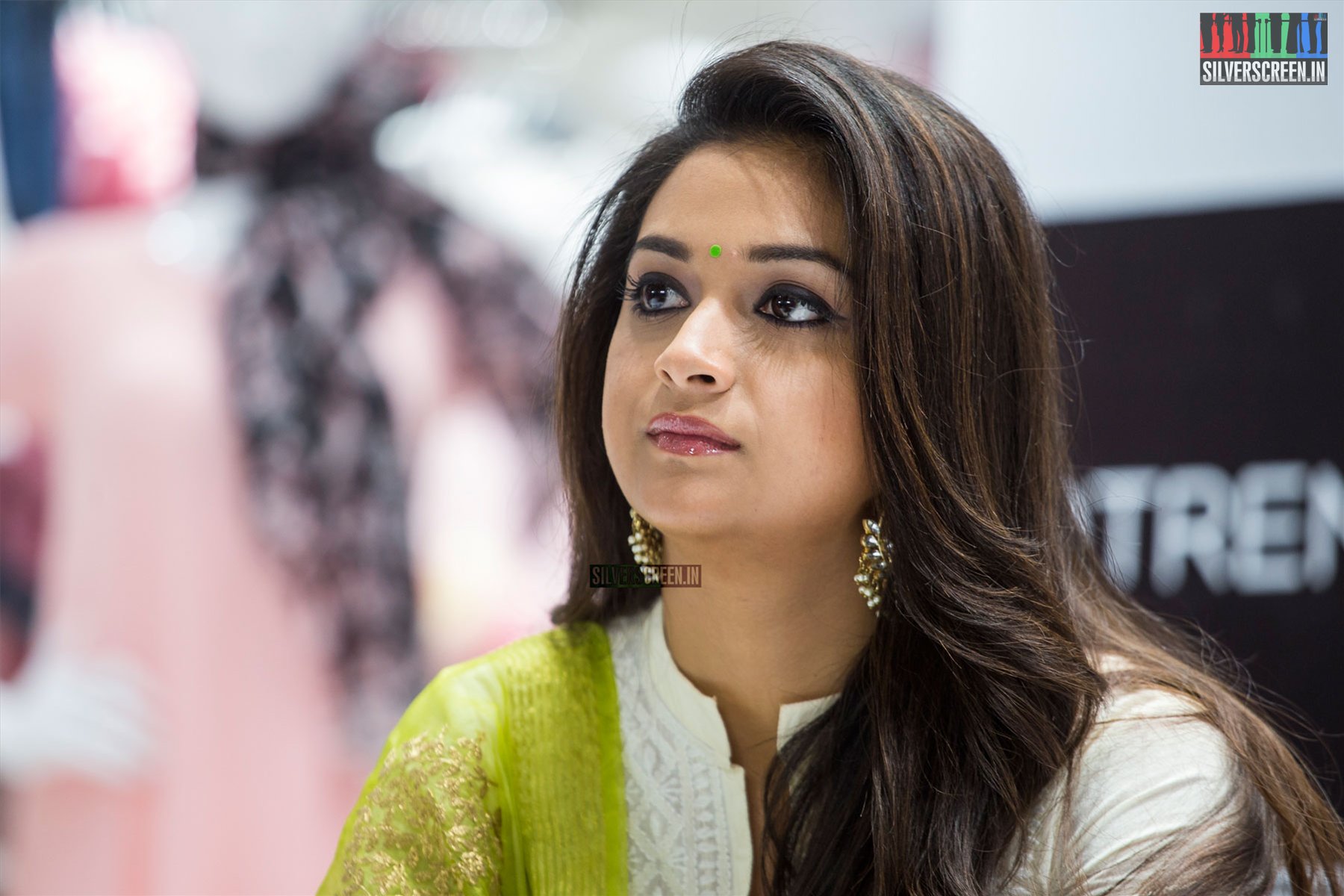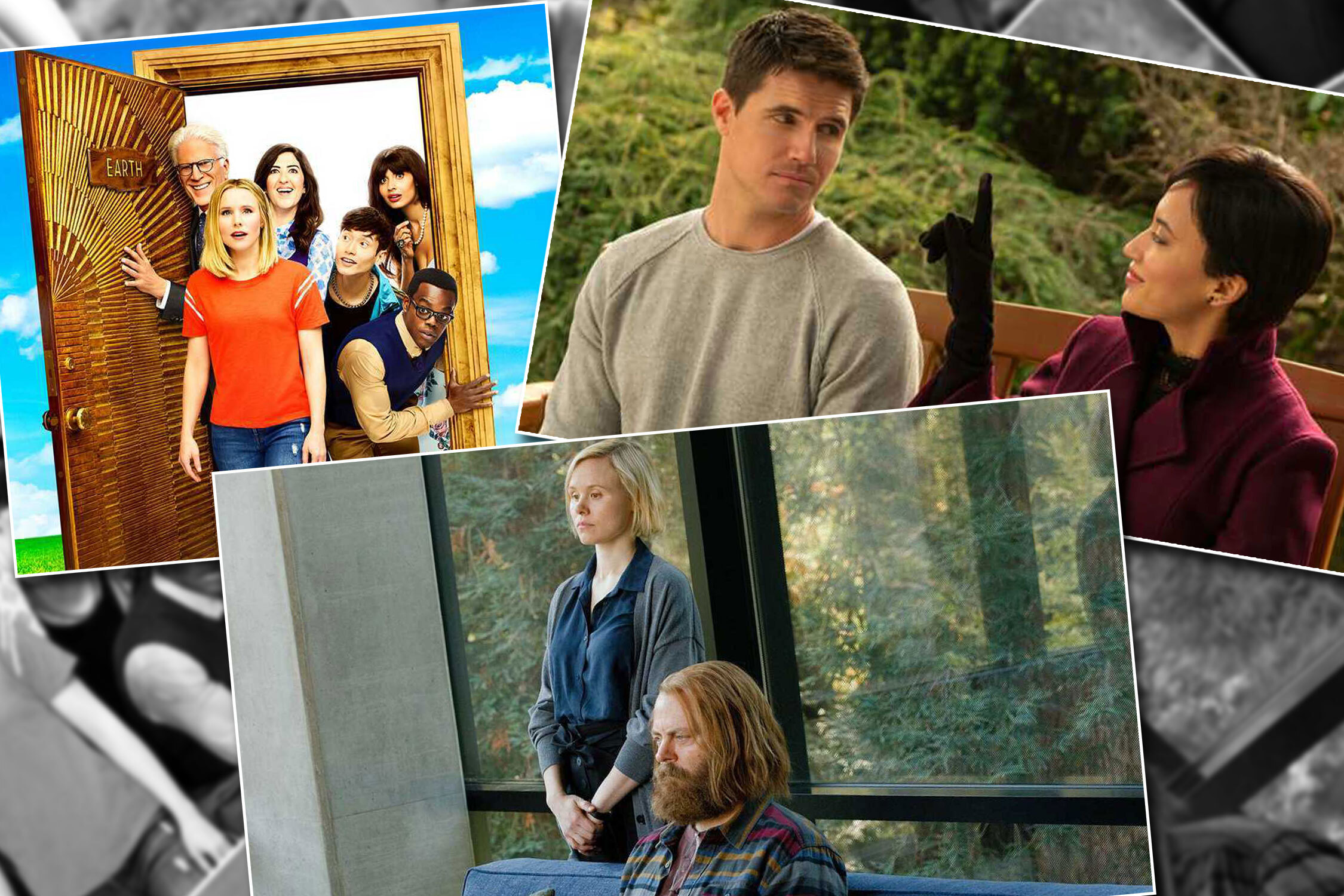It’s not easy to choreograph to Ilaiyaraaja’s songs. Yes, they are rich in orchestration, and some are beat-heavy, but his songs are ideally conversation triggers. Think about it, when you start listening to Raja, you smile, invariably travel back in time, converse with your past, your heart, yourself, probably seek out someone to share the joy, and shed a hot tear or two for a love found and lost. You might do all of this but rarely will you break into a dance.
Mani Ratnam, who shares a birthday with the maestro, is probably one of the very few filmmakers who has dignified his compositions on screen, teaming poetry with more poetry in motion. Sample this delightful piece of music. In Mani Ratnam’s debut film, the Kannada Pallavi Anu Pallavi, it showed the budding relationship between Lakshmi, her child and Anil Kapoor, but in the Tamil Vaazhkai, it turned into a stock dance number, featuring Silk Smitha. This is but a sample of what Mani lent Ilaiyaraaja’s songs, many of which were lost in visual translation. He helped you also see and enjoy his musical prowess and not merely stop with listening to it.
In the eight years they worked together, the duo produced some eternal gems across languages. These have stood the test of time and newer composers who had the benefit of the Internet.
While Agni Nakshathiram, Mouna Raagam, Thalapathi and Naayagan immediately come to mind when thinking of the duo, it is important to travel a little back in time to when Mani was a fledgling director exploring various genres and when Raja was in his prime. The soundscape that Raja offered Mani was something else; and the director enhanced what he received, using what was considered a novel style of filmmaking then (not too many group dancers), allowing the song to drive emotion and not movement. It helped that he had access to cinematographers who bathed the frame in light and shade and all things lovely.
Go back and watch ‘Naguva Nayana‘ from Pallavi Anu Pallavi, said to be a personal favourite of the composer. The duo then teamed up for the Malayalam Unaru, which dealt with a different set-up – the life of labourers and their families in the backdrop of a deeply Communist Kerala in the 80s. The film provided both director and composer to experiment with music and cinematic grammar. ‘Theeram Thaedi Olam Paadi’ featuring Mohanlal and Sabeetha Anand turned into ‘Roja Ondru Mutham Ketkum’ from Komberi Mookan. Both had beach shots, but the former celebrated subtlety.
At one stage, it looked like nothing would stop the juggernaut of Mani and Raja. The combination made a debut in Tamil with Pagal Nilavu in 1985. The hits and chartbusters piled up, and so did the awards. From 1983 to 1991 when Thalapathi released, this was the dream team. The music was rooted, yet flirted with new sound explorations. Most importantly, they were intrinsic to the movie. Rarely did a song jut out in a Mani movie.
Raja sang some of these chartbusters himself (the haunting title track of Naayagan, for instance). And not many will disagree that this organic music played a huge role in the success of the movies.
Many background music that Ilaiyaraaja created for Mani Ratnam are hugely popular even today. Such as this one from Mouna Raagam, one of Raja’s most popular albums. It starts off being intense before taking on the lightness of moisture-laden breeze with the promise of a drizzle. And, even today, ‘Oho Megham‘ is a given on every monsoon playlist.
In between, there was Anjali, which had a very different tonal quality, and that banked on Usha Uthup’s vibrant voice for the futuristic ‘Vegam Vegam’, and S. P. Balasubrahmanyam in a whole new avatar in the Star Wars song. The album used children’s voices beautifully in the title song and in the playful ‘Mottaimaadi’.
Mention must be made of Geetanjali, a quasi tragic love story where the music provided much-needed relief. Be it ‘O Priya Priya’, ‘O Paapa Laali’ or ‘Om Namaha’, a song that promised love and more.
When Mani Ratnam and Ilaiyaraaja finally parted, they did so with a flourish. Thalapathi had music that was the stuff of dreams. There was the achingly lovely ‘Yamunai Aatrile’, and the haunting melody ‘Chinna Thaayaval’, besides chartbusters such as ‘Rakamma Kaiya Thattu’.
Popular legend has it that the duo had creative differences over the song, but the end result satisfied both. In 2002, the song was named the fourth most popular song in a BBC World Service worldwide poll. Cinematographer Santhosh Sivan, who worked in the film, once said that it took Raja only half a day to compose the entire album.
We must conclude with a quote from Baradwaj Rangan’s book, ‘Conversations with Mani Ratnam’, in which the filmmaker says: “Till today, some of the best music that I’ve grown up with is Raja’s, and till today there’s nothing that moves me as much as his music.”
There’s nothing more to say really. But, you could probably draw up a personal playlist of this combination. Ready for some timeless melodies?
Recommended




